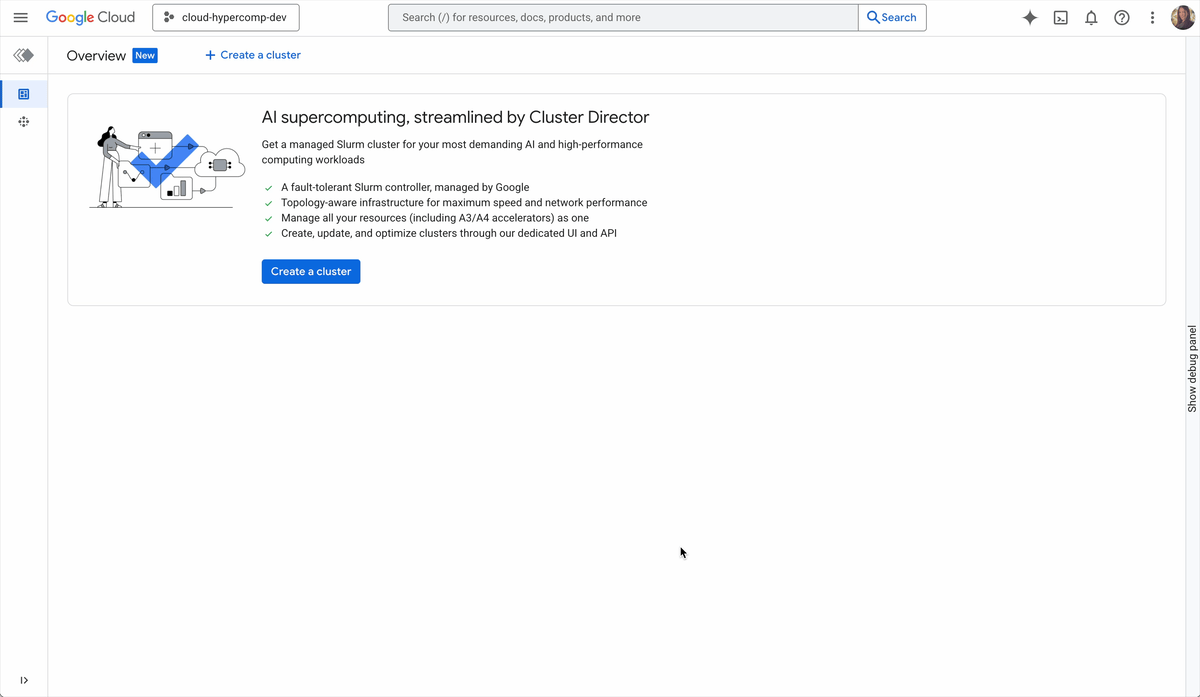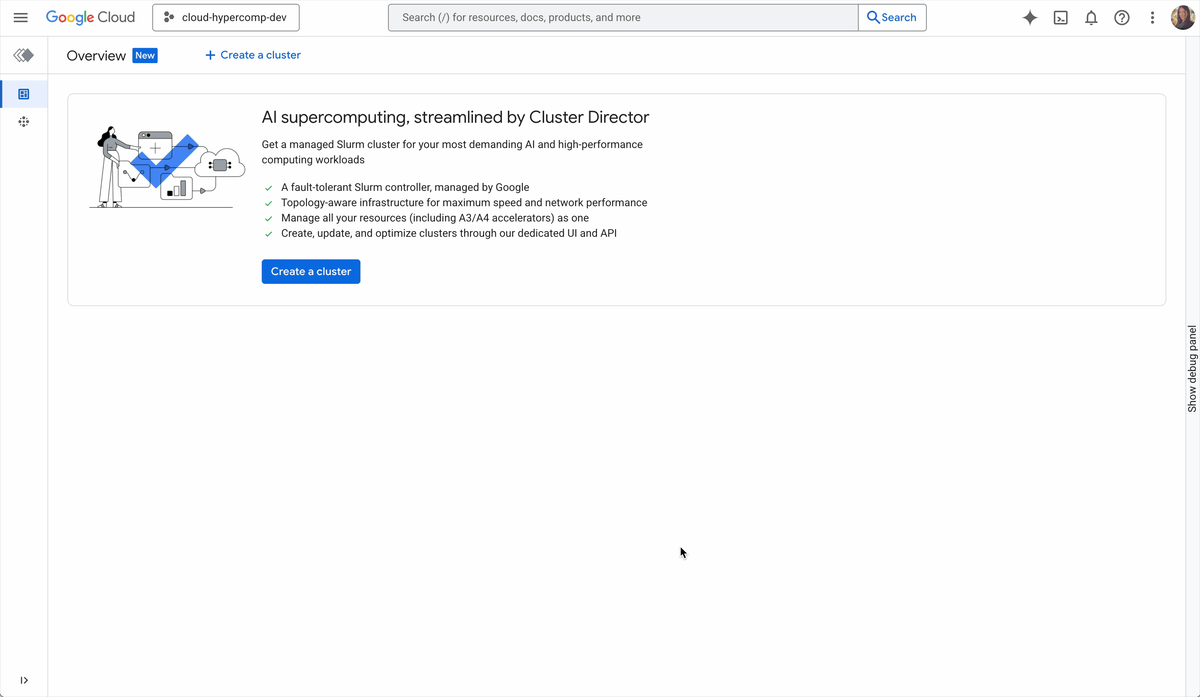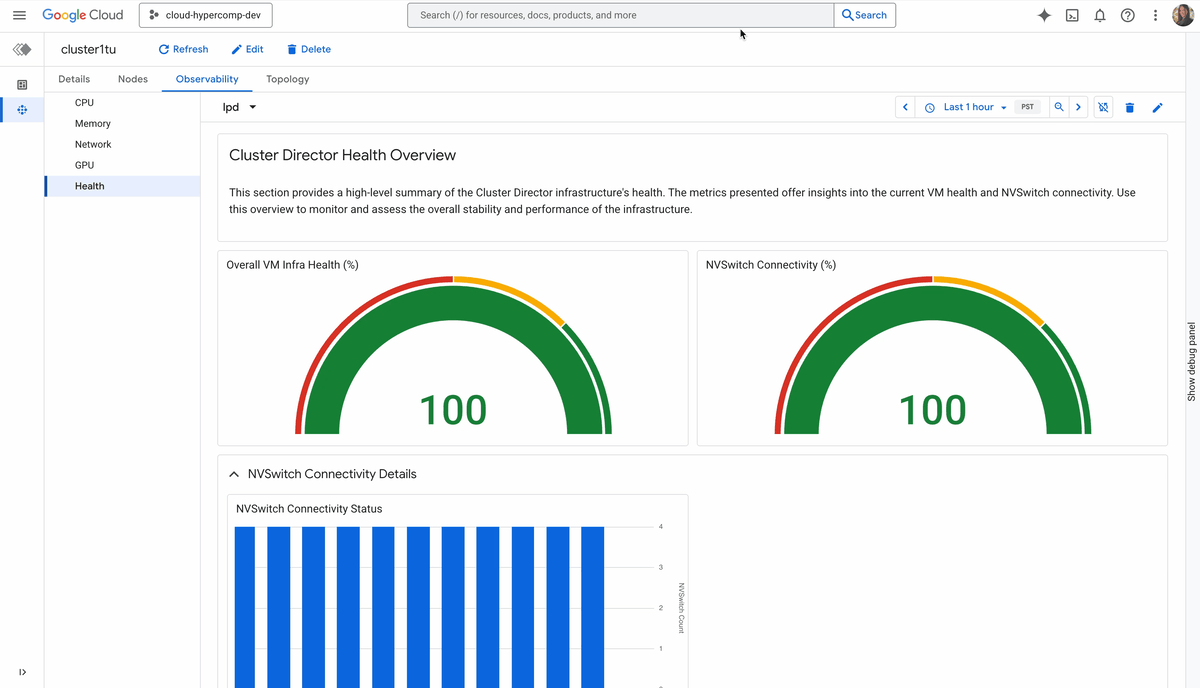GCP – Announcing advanced governance capabilities for Vertex AI Agent Builder
At Google Cloud, we continue to make critical investments to Vertex AI Agent Builder, our comprehensive and open platform, enabling you to build faster, scale efficiently, and govern with enterprise-grade security.
Today, with the integration of the Cloud API Registry, we’re excited to bring enhanced tool governance capabilities to Vertex AI Agent Builder. With this latest update, administrators can now manage available tools for developers across your organization directly in Vertex AI Agent Builder Console, and developers can leverage tools managed by the registry with a new ApiRegistry.
With this, organizations can anchor agents in the embedded security and operational controls that they already use, enabling deploying and managing agents as a digital workforce.
Following last month’s expansion of our Agent Builder platform, we are also introducing new capabilities across the entire agent lifecycle to help developers build faster using new ADK capabilities and visual tools, and scale with high performance through the expansion of Agent Engine services, including the general availability of support for sessions and memory. Read more below.
1. Govern your tools with confidence
Building a useful agent requires the agent to have access to the necessary tools. However, developers today spend a significant amount of time building their tools for each agent, resulting in duplicate work. This approach also presents challenges for administrators who want to control what data and tools agents can access.
We are bringing enhanced tool governance with the integration of Cloud API Registry in the Vertex AI Agent Builder Console. This acts as a private registry that administrators can use to curate and govern a set of approved tools for developers to use across their organization, providing:
-
Pre-built tools for Google services: We recently announced MCP support for Google services like BigQuery and Google Maps, which will be available for use in Vertex AI Agent Builder.
-
Support for custom MCP servers: Unlock your entire API estate for the agentic age. Apigee now empowers you to transform your existing managed APIs into custom MCP servers, bridging your established digital assets with modern AI workflows. Additionally, by bringing these tools from multiple clouds into Apigee API hub, you help ensure your agent developers have instant and secure access to a curated catalog through the Cloud API Registry.
-
Enhanced tool management: Administrators using the new experience in Vertex AI Agent Builder to view, govern, and manage tools can now ensure the right tools are available to developers in their organization.
- Simplified tool access: For developers, Agent Development Kit (ADK) introduces support of Cloud API Registry, introducing a new
ApiRegistryobject to easily leverage managed tools.
The demo above showcases the new user journey for managing and governing tools directly within the Vertex AI Agent Builder Console
2. Build your AI agents faster
Last month, we released Gemini 3 Pro, our most intelligent model, to every developer and enterprise team. It’s the best model in the world for multimodal understanding, and our most powerful agentic model yet. With full compatibility with ADK, you can now build, test, and deploy powerful AI agents with greater reliability and confidence. We are introducing new capabilities to help you move from concept to interactive product:
- Full ADK support of Gemini 3 Pro and Flash: ADK now fully supports Gemini 3 Pro and Flash, allowing you to build reliable, production-ready agents.
- ADK for TypeScript: We are extending ADK support for TypeScript, ensuring you can leverage the latest capabilities in ADK directly in whatever language you choose.
- State management in ADK: We’ve made significant improvements to our agentic state management within ADK, which is the system for an AI agent to maintain context and memory during and across conversations. New improvements include:
- Recovery from failure: If a conversation crashes due to an error, ADK now restores the state natively, requiring no additional work from the developer.
- Continue with human-in-the-loop: You can now pause for human input anywhere, even inside complex workflows. ADK automatically remembers exactly where the agent stopped and resumes immediately after approval, so you don’t have to write extra code to track progress.
- Rewind state and context: Developers can now rewind to any point in the conversation and invalidate all interactions after that point so the user can remove the “polluted” context rather than send a new message. This allows users to try different approaches to solving a problem without having to open new sessions.
- Interactions API integration: ADK and the Agent2Agent protocol (A2A) now support the new Interactions API, providing a consistent way to manage multimodal input/output (text, audio, visual) across your agents, simplifying integration with client applications.
- A2UI: Built on top of A2A protocol, A2UI is an early-stage UI toolkit to facilitate LLM-generated UIs for remote agents. This allows you to enable agents to pass shared UI widgets and components directly to user-facing applications without the security risks and overhead of iframes or sending executable code, allowing you to build rich user experiences securely.
Above is a demo showcasing A2UI in action where the user uploads a photo, a remote agent uses Gemini to understand it, and dynamically generates a custom form using A2UI for the specific needs of the customer.
You can start building today with adk-samples on GitHub or on Vertex AI Agent Garden, a growing repository of curated agent samples, solutions, and tools designed to accelerate your development and support one-click deployment of your agents built with ADK. Access our Agent Starter Pack, a template collection that provides a production-ready foundation for building, testing, and deploying AI agents.
3. Scale your AI agents effectively
Once you’ve built your agent, the next challenge is going into a production environment. That’s why we continue to expand the managed services available in Agent Engine to provide the core capabilities needed to scale your agents.
-
Manage context with confidence: We are moving Agent Engine sessions and memory bank to General Availability (GA). You can now use Agent Engine to manage both short-term and long-term memory for your production workloads. This allows your agents to maintain context across different interactions, which is critical for delivering helpful, personalized responses at scale. This product is powered by Google Cloud AI Research’s novel research method (accepted by ACL 2025), using a topic-based approach that sets a new standard for how agents learn and recall information.
-
Expanded regional support for Agent Engine services: All Agent Engine services are now available in seven additional regions worldwide. To learn more, refer to the documentation.
-
Pricing updates for Agent Engine: We lowered pricing for the Agent Engine runtime and will begin billing for additional Agent Engine services starting on January 28, 2026. You can review the Agent Engine pricing documentation for additional detail and hypothetical agent cost scenarios.
|
Product |
Resource |
SKU |
Prior pricing |
New pricing |
Price change date |
|
Runtime |
vCPU / hour |
8A55-0B95-B7DC |
$0.0994 |
$0.0864 |
December 16, 2025 |
|
Memory / GB-hr |
0B45-6103-6EC1 |
$0.0105 |
$0.0090 |
December 16, 2025 |
|
|
Code Execution |
vCPU / hour |
448F-9419-C2EE |
Free |
$0.0864 |
January 28, 2026 |
|
Memory / GB-hr |
AC0F-52B0-CE44 |
Free |
$0.0090 |
January 28, 2026 |
|
|
Sessions |
Stored session events |
0D5A-FCD2-CB63 |
Free |
$0.25/1,000 events |
January 28, 2026 |
|
Memory Bank |
Memories stored per month |
E954-622B-C859 |
Free |
$0.25/1,000 memories (LLM costs billed separately) |
January 28, 2026 |
|
Memories retrieved |
6DEC-3026-DDFF |
Free |
$0.50/1,000 memories |
January 28, 2026 |
The table above shows updated pricing for Agent Engine services and when the changes take place.
How customers are achieving more with Agent Builder
“Burns & McDonnell uses Vertex AI Agent Builder to transform how organizational knowledge is applied across the enterprise. With Experience IQ, we are building an AI agent using ADK that turns decades of project data and employee experience into real-time, actionable intelligence. Vertex AI enables this innovation to scale responsibly by combining deterministic business rules with probabilistic reasoning, making AI a trusted operational capability — not just a productivity tool. This agent helps teams quickly identify the right experience, reduce manual effort in staffing and planning, and make higher-confidence decisions grounded in verified data. With Vertex AI, Burns & McDonnell isn’t just managing knowledge — we are activating experience to drive faster, more confident decisions.” – Matt Olson, Chief Innovation Officer, Burns & McDonnell
“Payhawk uses Vertex AI Agent Builder to transform agents into financial assistants that truly ‘know’ our customers. Leveraging Memory Bank, we moved from stateless interactions to long-term context retention, allowing agents to recall user constraints and historical patterns with continuity. For example, our Financial Controller Agent now remembers habits like expensing small meals and auto-submits them, reducing submission time by over 50%. Similarly, our Travel Agent proactively applies preferences like aisle seats. This significantly drops cognitive load, allowing agents to anticipate needs based on past behavior rather than just reacting to prompts.” – Diyan Bogdanov, Principal Applied AI Engineer, Payhawk
“Gurunavi uses Vertex AI Agent Builder to power ‘UMAME!’, an AI restaurant discovery app that leverages Agent Engine’s Memory Bank to overcome a significant challenge: achieving a deep understanding of user context. Unlike conventional prompt-based systems, our agent leverages memory bank to remember a user’s past actions, preferences, and temporal patterns to proactively present the best options. This eliminates the need for manual searches, creating a seamless experience. We project this context-aware capability will improve user experience by 30% or more. We view this memory function as a non-negotiable feature for helping everyone forge new culinary experiences together with AI.” – Toshiaki Iwamoto, CTO, Gurunavi
“SeaArt Entertainment uses Vertex AI Agent Builder to personalize the creative experience for digital artists. Before Memory Bank, our AI agents could not reliably remember users’ preferences. For example, when users worked on complex multimodal art projects, they had to repeatedly explain the same details — like their favorite character styles or model choices — across sessions. After integrating Memory Bank, our agents are now able to recall past conversations, actions, and user preferences. We especially like that the agent can seamlessly remember context across sessions, making interactions feel more natural and personal.” – Aleksei Savin, Lead of Multimodal AI Platform, SeaArt Entertainment
Get started
Vertex AI Agent Builder provides the unified platform to manage the entire agent lifecycle, helping you close the gap from prototype to a production-ready agent. To explore these new features, visit the updated Agent Builder documentation and release notes.
If you’re a startup and you’re interested in learning more about building and deploying agents, download the Startup Technical Guide: AI Agents. This guide provides the knowledge needed to go from an idea to prototype to scale, whether your goals are to automate tasks, enhance creativity, or launch entirely new user experiences for your startup.
Read More for the details.






















